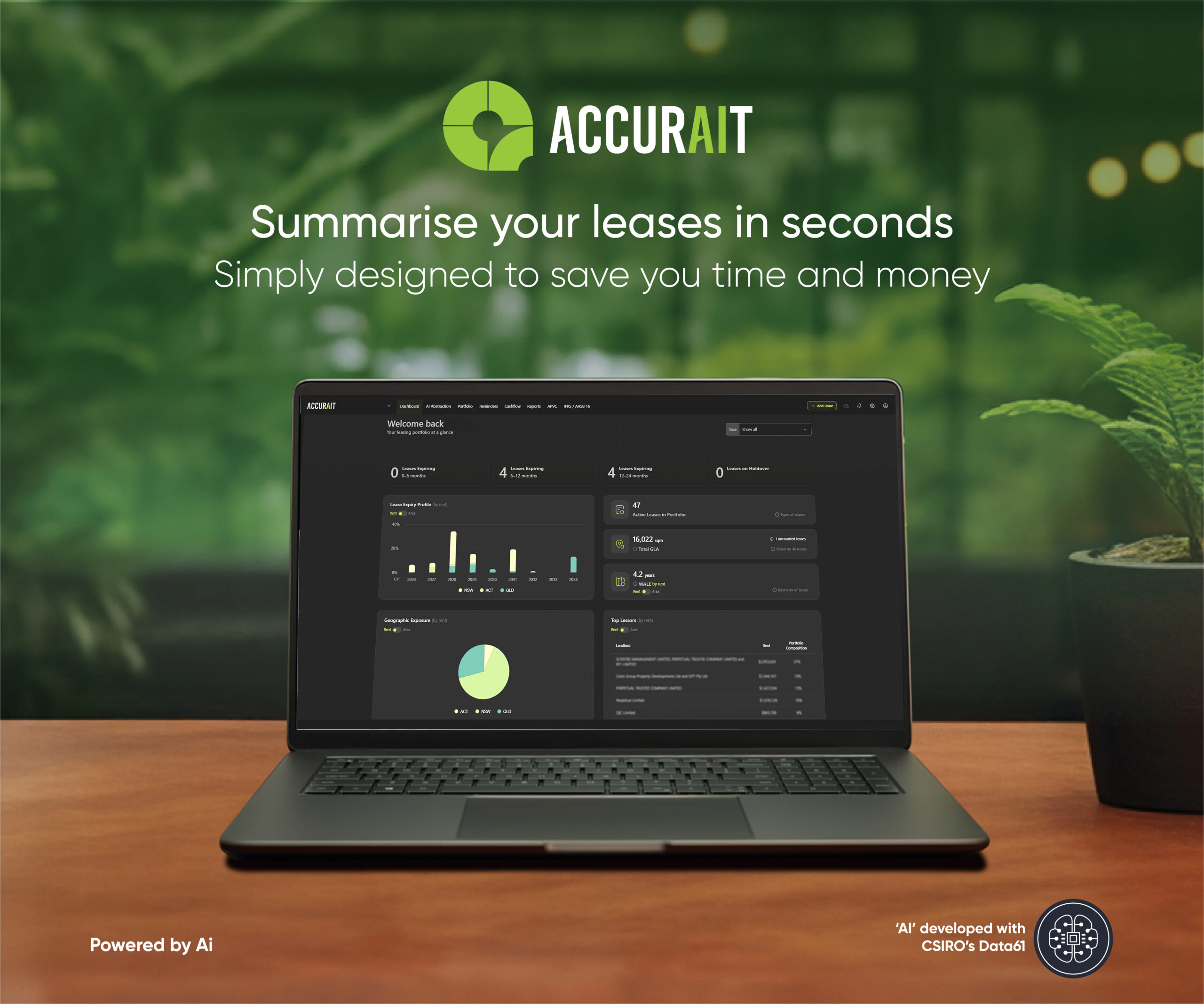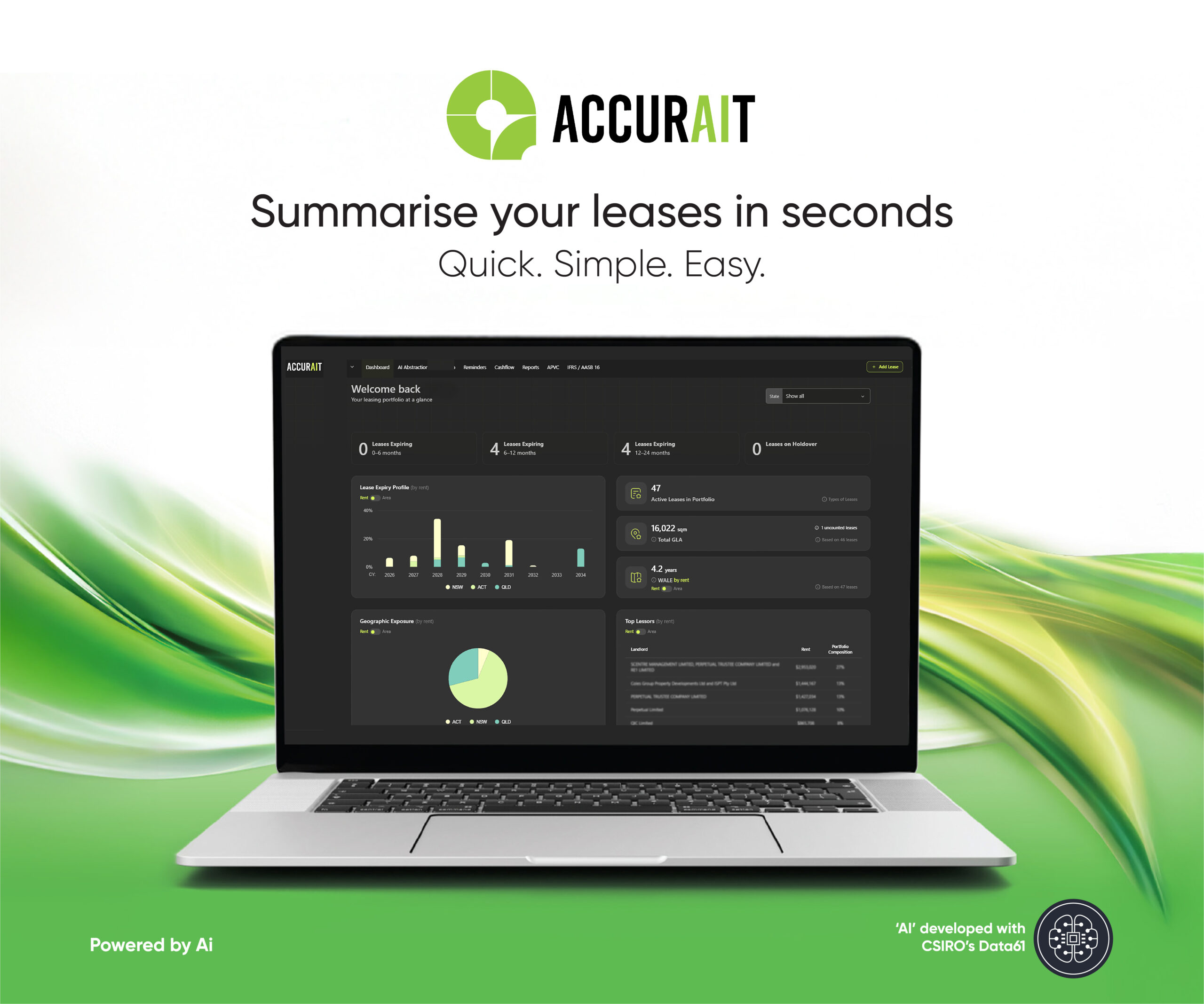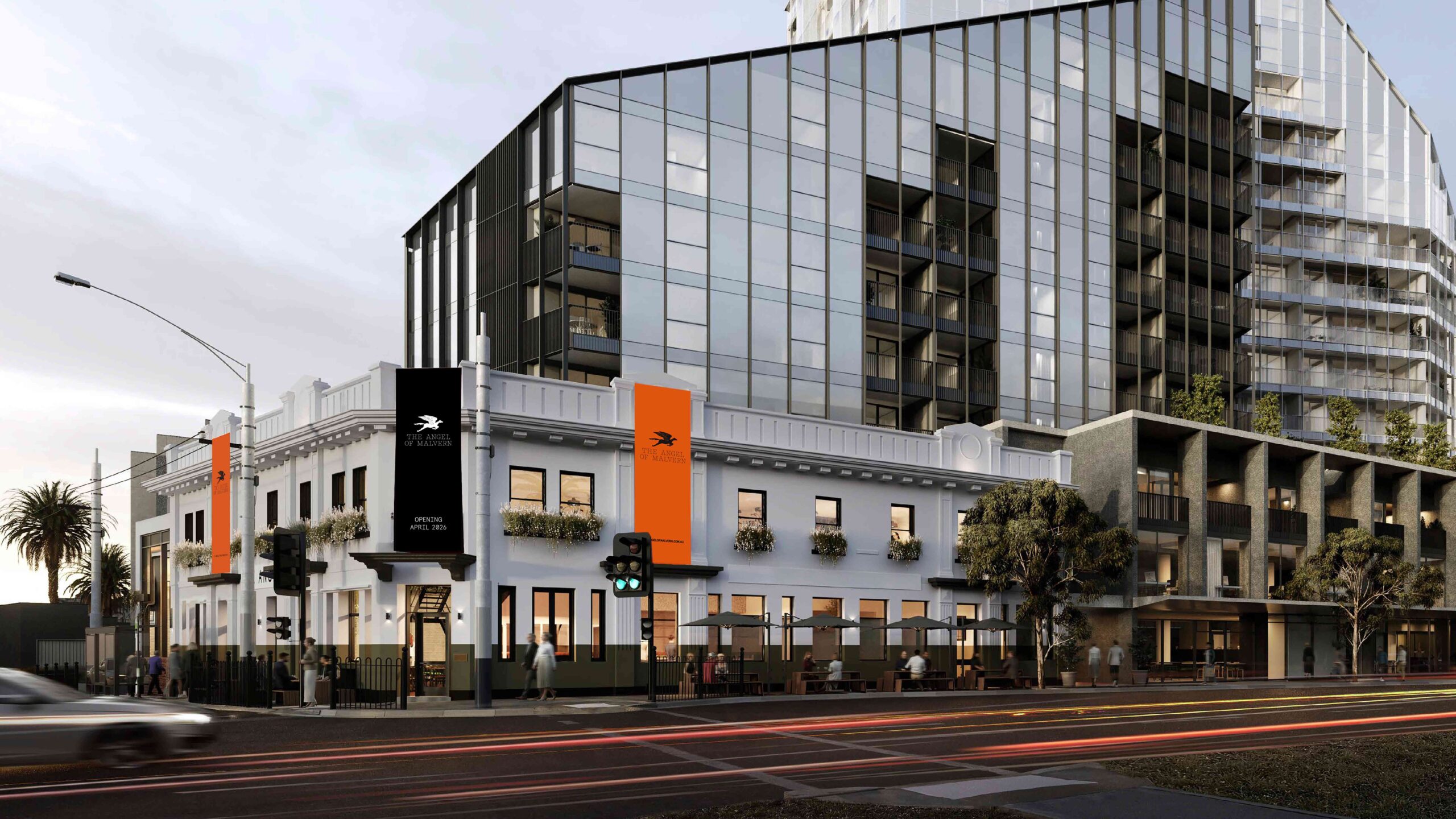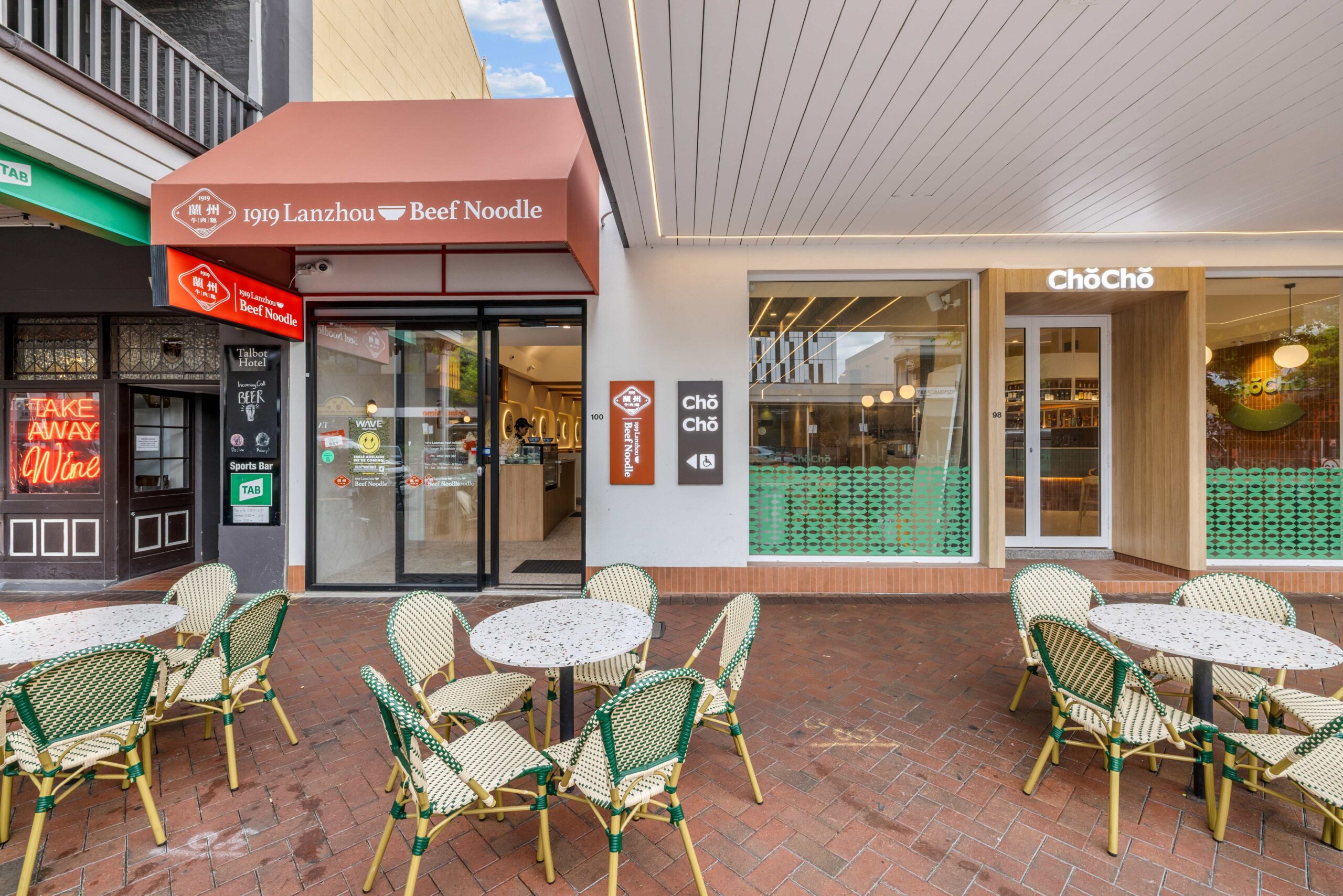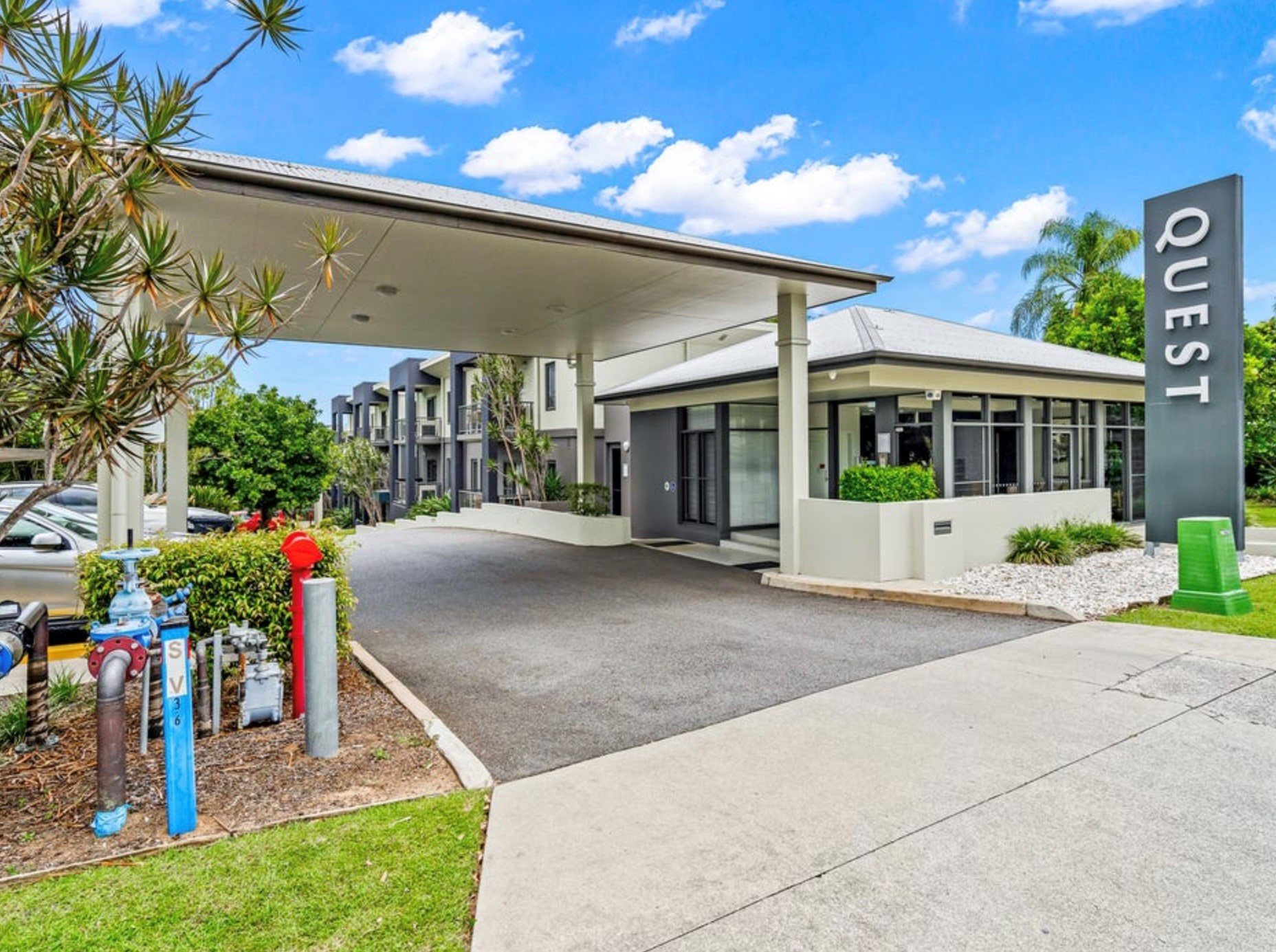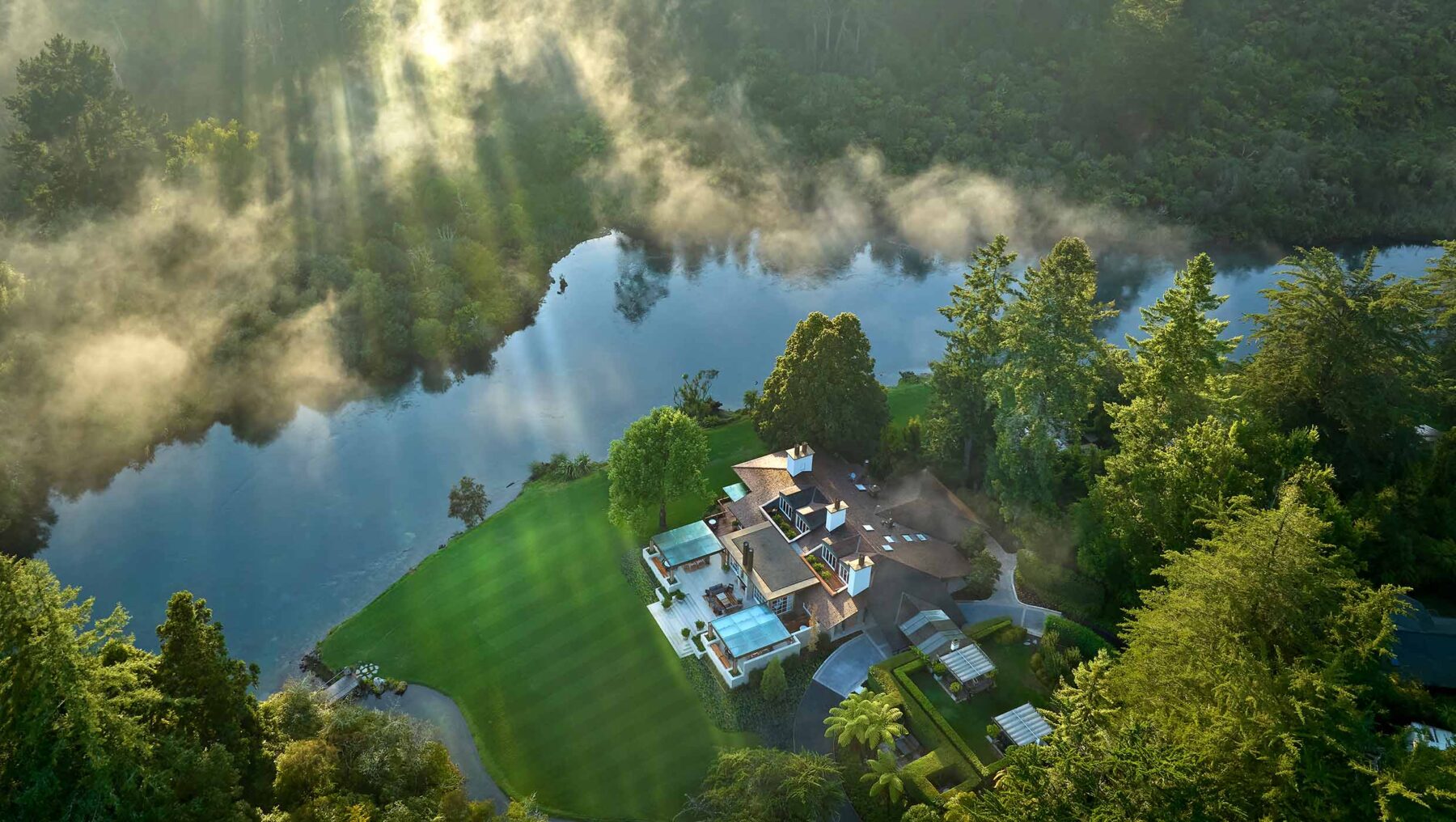
Luxury lodges have been the strongest performing sector of the Australian and New Zealand hotel market buoyed by robust demand from affluent domestic and international visitors, new CBRE research has shown.
A CBRE analysis of seven lodges across both countries shows that total revenue per occupied room has risen 59% since 2018 (pre-COVID), with margins up 54%, supported by a global rise in the number of high-net-worth individuals (HNWI’s) and an increased desire for unique experiences.
Luxury lodges offer curated, holistic experiences, exceptional dining and wellbeing offerings. Prominent examples include Bedarra Island on the Great Barrier Reef, Saffire Freycinet in Tasmania, Longitude 131° in the Uluṟu-Kata Tjuṯa National Park and Huka Lodge in New Zealand.
The expansion of luxury tourism has propelled the luxury lodge sector and underpinned a rapid post-pandemic rebound following years of pent-up demand.
CBRE Research Analyst Katya Ezhova said, “While luxury travel demand is strongest in the 40 to 50-year-old age bracket there is also a broadening demographic of aspirational luxury travelers, many of whom are Millennials or Gen Z. This cohort is increasingly willing to allocate a considerable portion of their financial resources toward premium travel experiences.”
“The strength of traveller demand has elevated luxury lodges to be the most profitable hotel sub-sector, with steadily rising global wealth, increased disposable incomes and a growing demand for unique and personalised experiences creating a fertile environment for the luxury tourism sector to flourish,” Ms Ezhova added.
CBRE Hotels’ Senior Director Tom Gibson said luxury lodges offered world-class hospitality and were typically defined by their exclusive settings in unique, awe-inspiring destinations. As such, the barriers to entry were exceptionally high, with only a handful of transactions occurring over the past decade throughout Australia and New Zealand.
The lodges analysed by CBRE have an average room count of only 21 rooms, highlighting the importance of striking a balance between restricting guest numbers for genuine exclusivity and maintaining enough capacity for streamlined operations.
With bookings generally occurring three to six months in advance of stays, Mr Gibson said luxury lodges were significantly de-risked and had proven to be more attractive operationally than traditional hotels and resorts, enabling owners to exercise careful cost management – supporting higher profit margins.
“Lodges that deliver a luxurious product, exceptional hospitality and offer exclusive access to world-class, curated experiences, have the ability to command room rates without resistance from guests,” Mr Gibson said.
From an investment perspective, CBRE’s report highlights that domestic capital currently prevails in the luxury lodge market.
CBRE estimates that 67% of the selected luxury lodges in Australia are held by domestic investors, while foreign investment accounts for 33%. The offshore investment is primarily sourced from the USA (62%) and Singapore (13%).
However, Mr Gibson said Australia and New Zealand’s dynamic tourism sector, stable and transparent market, the potential for attractive yields and conducive investment conditions were drawing more foreign capital to luxury lodges.
“There has also been a notable transition over recent years from traditional ownership models dominated by private HNWI’s, to a more diverse array of investment structures,” Mr Gibson said.
“We’re also seeing luxury lodges being increasingly viewed as alternative assets rather lifestyle-driven investments, which is expected to drive heightened interest from impact funds, ESG investors and real asset portfolios.”






